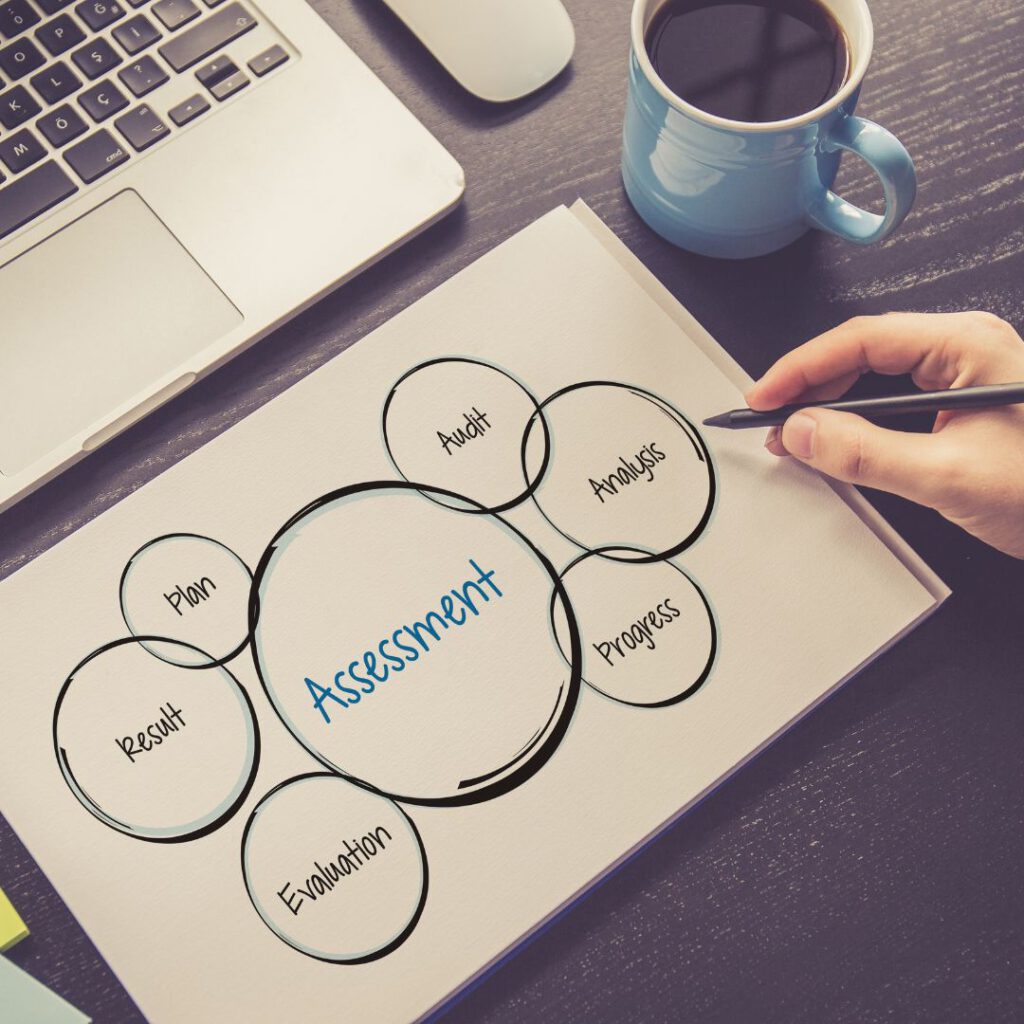
Assessments can be a powerful tool for curriculum development. The role of assessment in curriculum design is to provide feedback about what students know, understand and can do with the content. This can be done through formative assessments (which help teachers evaluate their learners’ progress) or summative assessments (which help schools judge the effectiveness of their instruction). Assessment also helps determine if students have reached learning goals set by administrators or parents as part of a specific curriculum.
What is Formative assessment?
Formative assessment is the process of assessing students’ learning. It aims to improve student learning by providing feedback on what they have learned, how well they have learned it and where they can improve. Formative assessment helps teachers identify areas of weakness or need for improvement in their curriculum design.
Formative assessment involves two phases: formative evaluation (FE) and summative evaluation (SE). In FE, you collect information about what students know and understand at a given time point or stage in their progression through the course or program; this information is then used as input into your SE plan, which determines what happens next with each individual student’s progress toward mastery of key concepts/skills/content areas based on their prior performance level relative to others within your class.
What is Summative assessment?
Summative assessment is the formative stage of a student’s learning journey. It involves assessing students’ knowledge, skills and understanding of a topic or subject area. The main difference between summative and formative assessments is that in summative assessment, you want to know how much your students know about the content being taught at any given point in time.
Summative Assessment can be used for many purposes including:
- Curriculum design (planning)
- Assessment planning
- Curriculum development and review
Assessments are a powerful tool for curriculum development. Assessments can be used to measure student’s learning, improve teaching and learning, improve the curriculum as well as improve your learning environment. It is used to determine learning outcomes and can also be used to measure student progress. It’s important to note that assessment does not necessarily have to be an evaluation process; it could also be used as a tool for measuring teacher performance or student performance
What is an assessment plan or rubrics?
Assessment plans or rubrics are used to help students understand the purpose of an assessment and how it relates to their learning. They also provide a framework for teachers to guide students through the process of completing an assessment.
Assessment plans can be created in a variety of ways, but there are some common features:
- An assessment plan should include clear instructions on how you want your students to perform the task(s) involved in earning their learning outcomes. For example, if you expect them to write an essay about their experience at an art gallery exhibit, then this would be included as part of your rubric (along with instructions on what kind of writing they should do). The same goes for any other types of assignments within your course—including quizzes and exams!
- An assessment will need ome sort of grading scale so that others can tell whether or not someone has met expectations based on these criteria.
Conclusion
In conclusion, assessment is an important tool in curriculum design. It can help teachers and administrators to identify weaknesses and strengths of a program or course, which makes it possible for them to improve the learning outcomes for all students.
